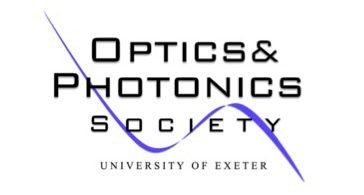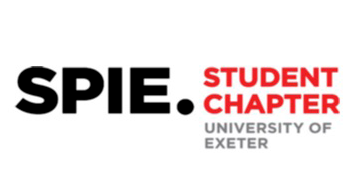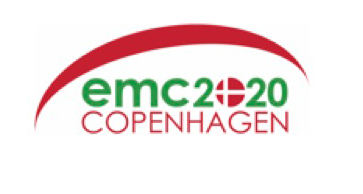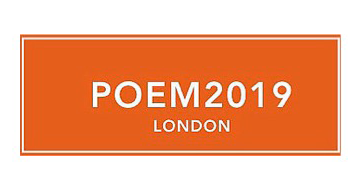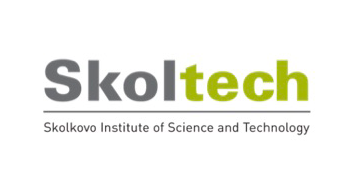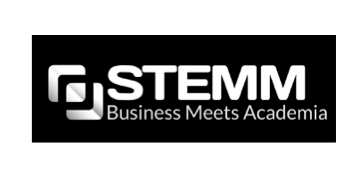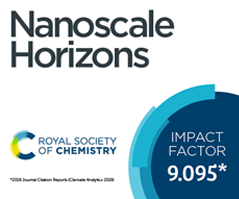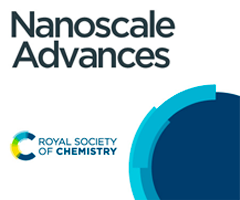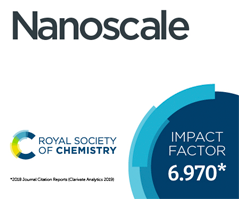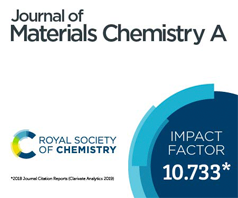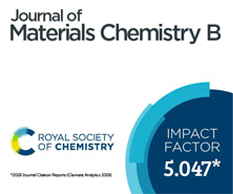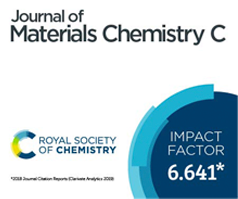Smart NanoMaterials 2019:
01 December
15 October
20 October
10-13 December 2019
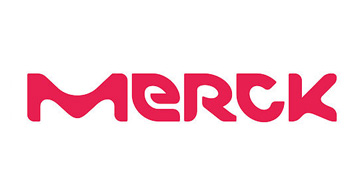
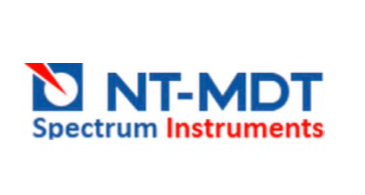
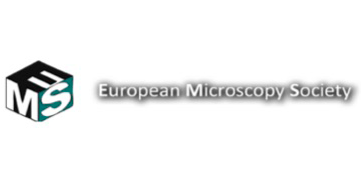
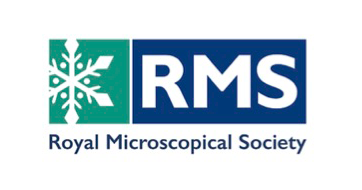
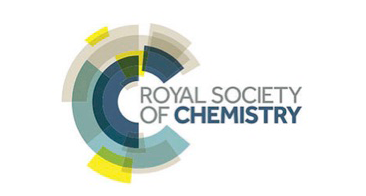
From Smart Materials to Smart Things
Internationally known experts, including industry leaders, will join the 2nd European conference on Smart Nanomaterials to discuss the most critical technological advances, innovations and new practical applications in smart technologies. SNAIA2019 will provide a unique platform to meet, share knowledge and establish links between experts from academia and industry in the emerging fields of Wearable and Printed (Opto)Electronics, CMOS Photonics, Quantum Computing, Artificial Intelligence, OptoGenetics, Smart Coatings and Thin Films.
-
Wearable and Printed Electronics (E-Textile, Integration with IoT)
-
Flexible Opto-Electronics (LCD, LED, Stretchable Sensing, Heating and Energy Harvesting)
-
Artificial Intelligence (Neural interfaces and Artificial Memory)
-
Coatings and Nanofilms (Protective Textiles, Self-Heating, Anti-microbial)
-
Quantum Computing
-
Nanophotonics
-
Optogenetics
-
Energy Harvesting Systems
Plenary and keynote speakers
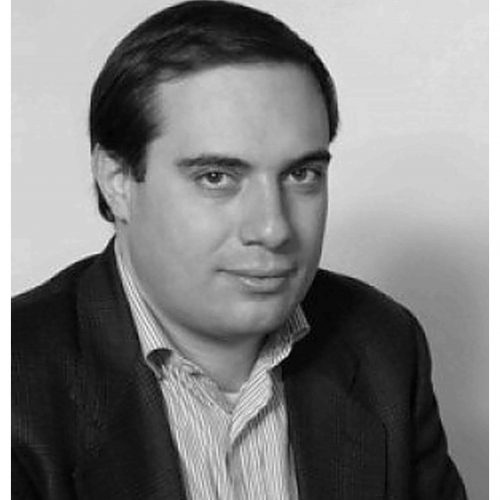
9.00-9.40 am
Amphithéâtre Moissan
Andrea C. Ferrari earned a PhD in electrical engineering from Cambridge University, after a Laurea in nuclear engineering from Politecnico di Milano, Italy. He is Professor of nanotechnology and Professorial Fellow of Pembroke College. He founded and directs the Cambridge Graphene Centre and the EPSRC Centre for Doctoral Training in Graphene Technology. He chairs the management panel and is the Science and Technology Officer of the European Graphene Flagship. He is a Fellow of the American Physical Society, Fellow of the Materials Research Society, Fellow of the Institute of Physics, Fellow of the Optical Society and he has been recipient of numerous awards, such as the Royal Society Brian Mercer Award for Innovation, the Royal Society Wolfson Research Merit Award, the Marie Curie Excellence Award, the Philip Leverhulme Prize, The EU-40 Materials Prize. He also received 4 European Research Council Grants.
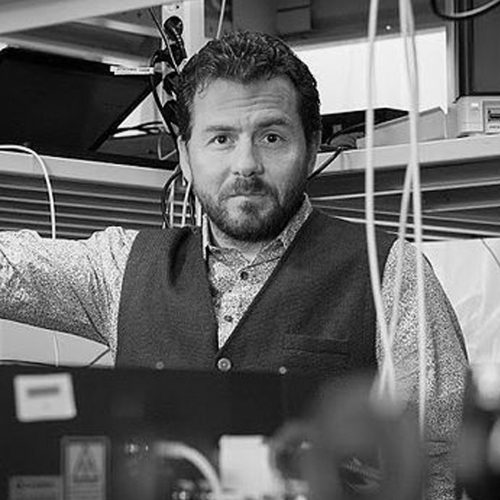
9.00-9.40
Amphithéâtre Moissan
Graduate of the University of Athens, Greece, Professor Pavlos Lagoudakis received his PhD degree in Physics from the University of Southampton, UK in 2003 and conducted his postdoctoral research on optoelectronic properties of organic semiconductors at the Ludwig Maximilians University of Munich, Germany. In 2006, he returned to Southampton as Lecturer at the department of Physics and Astronomy, where he combined his expertise in inorganic and organic semiconductors and set up a new experimental activity on Hybrid Photonics. In 2008, Pavlos was appointed to a personal chair at the University of Southampton. From 2011 to 2014, Pavlos chaired the University’s Nanoscience Research Strategy Group, an interdisciplinary research group of ~100 academics across physics, chemistry, maths, engineering, biology and medicine. From 2012 to 2014, Pavlos was heading the QLM group at the department of Physics and Astronomy, University of Southampton. In 2013 to 2014, Pavlos was visiting professor at EPFL, Switzerland. Since 2015, Pavlos is leading an international research activity on Polariton Simulators with partners at MIT and MIT-Skoltech, IBM Zurich, and the University of Sheffield. Since 2013, Pavlos is the Deputy Head for Research at the department of Physics and Astronomy at the University of Southampton.
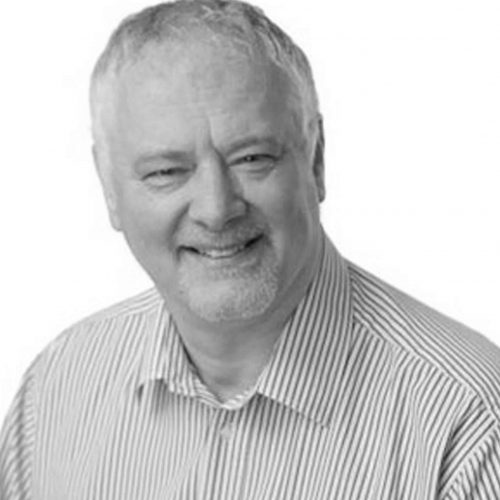
9.00-9.40
Amphithéâtre Moissan
Professor Jones has been awarded the Katharine Burr Blodgett Medal and Prize for his innovations in the field of liquid crystal displays and his entrepreneurial success in founding Displaydata Ltd, a leading supplier of graphic labels for the retail sector.
In 1995 he co-invented the Zenithal Bistable Display, an ultra-low power LCD that applies sub-micron gratings to an otherwise standard device. Seeing promise for application in electronic paper, Jones raised venture capital to form ZBD Displays Ltd, which became the UK Civil Service’s first venture-backed spinout in 2000, raising more than £50 million in total.
Now called Displaydata, the company is the world-leading provider of graphic electronic shelf-edge labels, with more than $22 m a year in sales. It was the 2012 recipient of the Institute of Physics Innovation Award, placed fifth in the Sunday Times Techtrack that same year, and was Europe’s second fastest growing technology company according to Deloitte.
Its commercial success is rooted in novel physics associated with confinement of liquid crystals, topological defects and polarity that were unique in LCD but are now of major interest internationally.
Professor Jones is now involved in the commercialisation of Leeds research into switchable contact lenses.
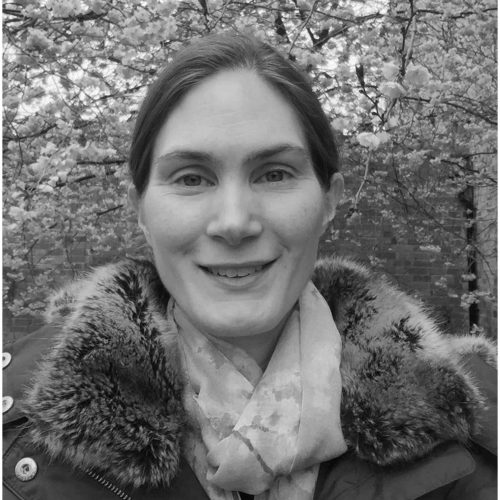
Having completed her thesis in 2005, she worked for TeraView Ltd as a Medical Scientist until moving to Hong Kong in 2006. Prof MacPherson set up a terahertz laboratory at the Department of Electronic Engineering, CUHK during her post between 2006 and 2009 as an Assistant Professor. She spent 3 years at HKUST as a Visiting Assistant Professor (September 2009 -2012) and returned to the Department of Electronic Engineering, CUHK in Sept 2012. Prof MacPherson has represented Hong Kong on the International Organising Committee for the Infrared and Millimeter Wave and Terahertz Wave (IRMMW-THz) conference series since 2009 and she was the General Conference Chair of the 2015 IRMMW-THz conference held at CUHK. She recently joined the Physics department at Warwick University, UK and is the recipient of a Royal Society Wolfson Merit Award.
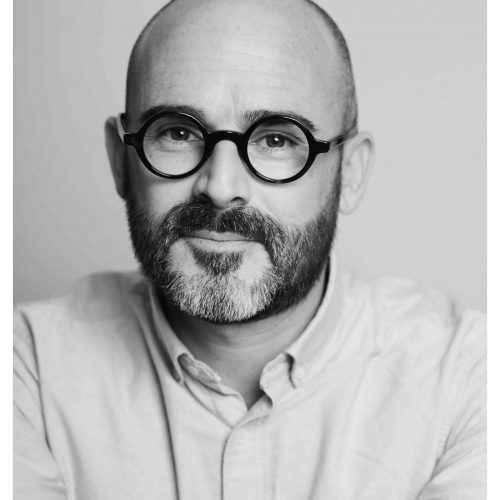
9.40-10.20
Amphithéâtre Moissan
Romain Quidant received his PhD in Physics in 2002 from the University of Dijon (France). Since then he has worked in Barcelona at ICFO in the field of nanoplasmonics. In 2006, he was appointed junior Professor and group leader of the Plasmon NanoOptics group at ICFO. In 2009, he became ICREA Professor and tenure group leader at ICFO.
Quidant carries out his research at ICFO – The Institute of Photonic Sciences in Barcelona where he leads the “Plasmon nanooptics” group. His research focuses on the study of the optical properties of nano-structures, known as nano-optics. The activities of his group cover both fundamental and applied research. The fundamental part of his work is mainly directed towards enhanced light/matter interaction with a focus on optofluidics, biosensing and optomechanics. From a more applied viewpoint, his team investigates news strategies to control light and heat at the nanometer scale for biomedical applications, including early detection and photothermal therapy of cancer.
Quidant has pioneered several important milestones of nano-optics and nanoplasmonics. In particular he invented and demonstrated for the first time the concept of plasmonic nano-optical tweezers, which are having great impact in trapping and manipulation of nanoscale objects down to single biomolecules. He is also one of the pioneers of the field of thermoplasmonics that studies the photothermal properties of plasmonic nanoparticles and their application to biosciences, chemistry and renewable energy. More recently he largely contributed to the field of optomechanics with the development of a novel platform based on an optically levitating nanoparticle in vacuum, with unique properties and key applications to nanoscale thermodynamics, metrology and experimental quantum mechanics.
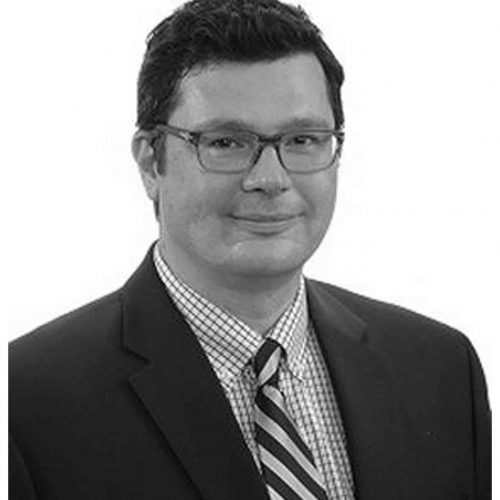
9.00-9.30
Amphithéâtre Moissan
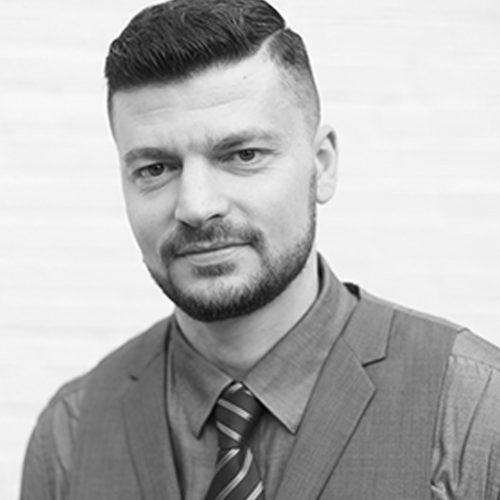
10.00-10.30
Amphithéâtre Moissan
Dr. Alexander Gumennik is the Director of Fibers & Additive Manufacturing Enabled Systems Laboratory at the Department of Intelligent Systems Engineering (ISE FAMES Lab) at the School of Informatics, Computing, and Engineering Indiana University.
The vision of the ISE FAMES Lab is to provide an efficient interface, linking the cyberspace with the physical world. This is done by an engineering of fibers and fabrics, embedding ensembles of nano-transducers and sensors, that would listen, watch, smell, and palp their surroundings and communicate their sensations to a computer.
Fiber devices integrate metals, semiconductors, and insulators arranged in a complex geometry, defining the device functionality. Rapidly developing additive manufacturing is capable of revolutionizing the way fiber preforms are made, providing a monolithic, precise and versatile fabrication approach. Taking a "Recursive Manufacturing" path, the fiber device, thermally drawn from a 3D printed preform, would itself later be used as a feedstock for 3D printing of fiber constructs with active sensing, transducing, and energy harvesting / storing functionalities. Such constructs can be applied for pervasive detection, environmental sensing, bio-synthetic interfacing, self-monitoring medical implanting etc.. Spanning long distances and covering large areas in the form of net fiber devices would provide a cyber-physical interface for the Internet of Things.
Prior to joining ISE, Dr. Gumennik worked as a Lead Photonics Process Engineer at Formlabs Inc, a Boston-based startup company developing a desktop stereolithographic 3D printer, following his postdoctoral research at MIT in the area of multi-material fiber devices.
Dr. Gumennik interests include photonic circuits, fiber-based and integrated nano-photonics and nano-devices, fabrics with active functionalities, distributed and remote environmental sensing, and nano-to-macro integration using additive manufacturing.
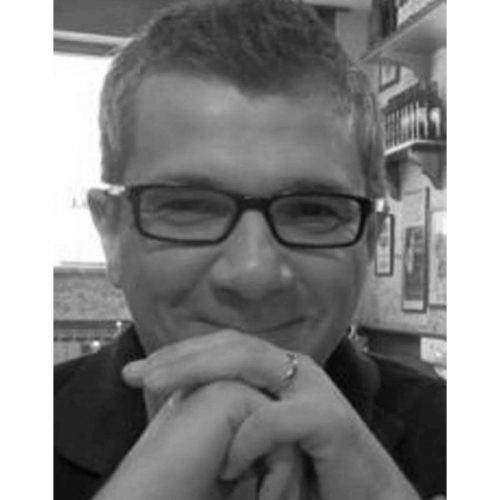
9.30-10.00 am
Amphithéâtre Moissan
Coming soon...
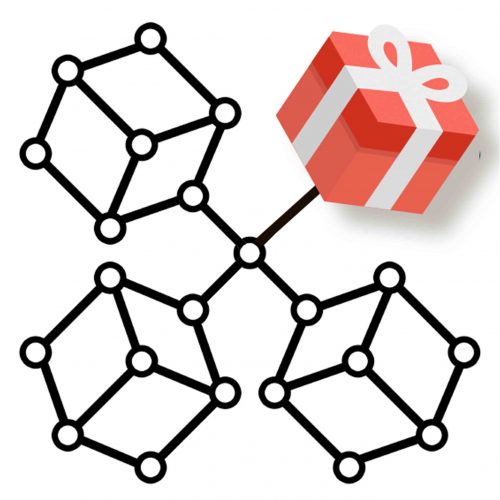
10.50-11.20
Amphithéâtre Chaudron
Explore the library of Nanomaterials Symposium
Coming soon...

14.00-14.30
Amphithéâtre Chaudron
Explore the library of Nanomaterials Symposium
Coming soon...

10.50-11.20
Salle 1
THz Optoelectronics and Photonics Symposium
Coming soon...

10.50-11.20
Salle du Conseil
THz Optoelectronics and Photonics Symposium
Coming soon...
Invited speakers
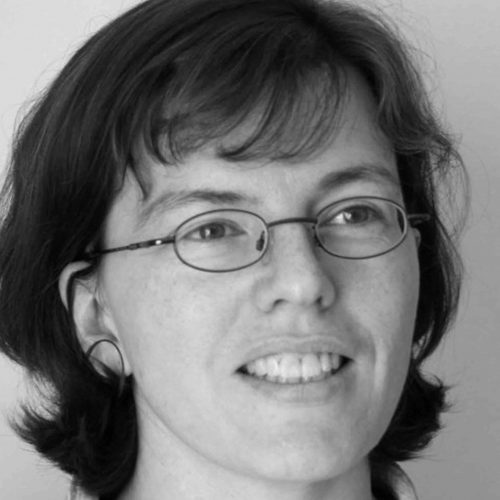
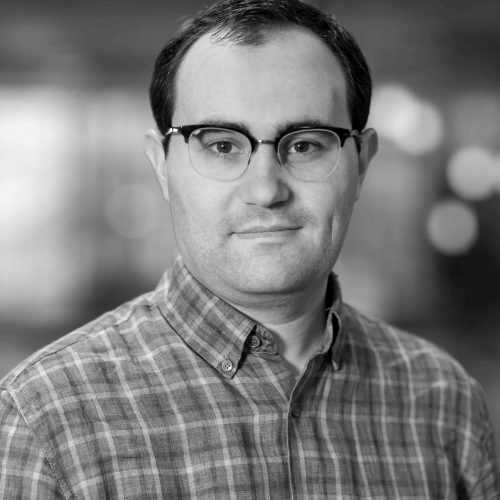
Before moving to Eindhoven, Curto was a postdoctoral Marie Curie fellow at Stanford University in the United States working on metal and semiconductor nano-optics and on layered 2D semiconductors. His PhD research at ICFO focused on nano-antennas as optical elements for enhanced interaction of light with nanoscale matter.
Curto is a recipient of one of the first START-UP grants from NWO (2018).
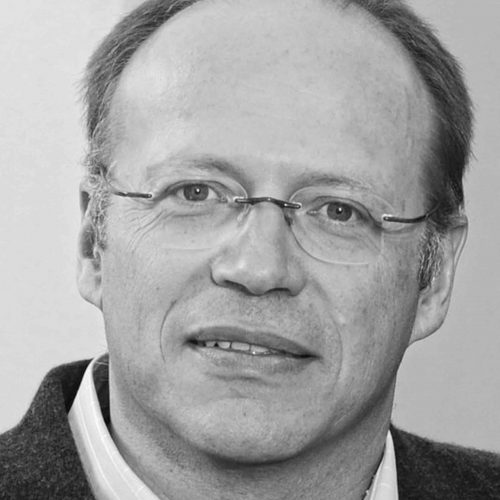
Prof. Kremer was awarded the ''George T. Piercy Distinguished Professorship of Chemical Engineering and Materials Science'' of the University of Minnesota, Minneapolis, in 1991 and the ''Walter Schottky Preis der Deutschen Physikalischen Gesellschaft'' in 1992. In 1999 he was Whitby Lecturer at Akron University, and in 2006 Nakamura Lecturer at UC Santa Barbara. Since 2006 he is Fellow of the American Physical Society. Together with G. S. Grest he is the 2011 recipient of the Polymer Physics Prize of the American Physical Society.
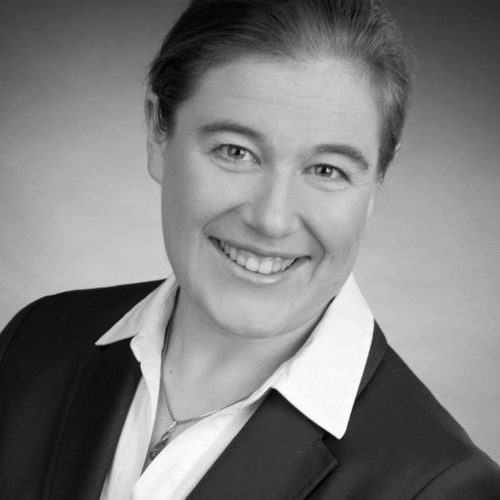
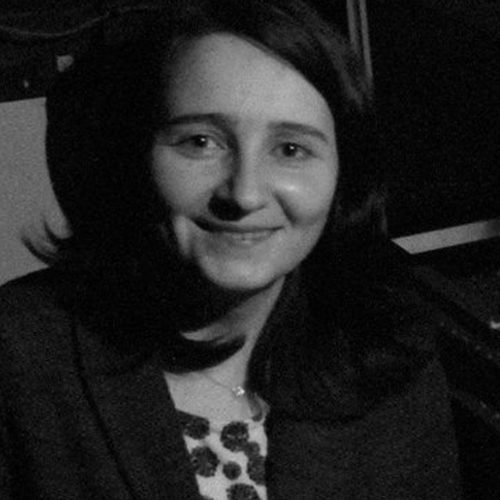
Her academic work spans from applied research in nanotechnology, electronic and optoelectronic devices to fundamental research in nanoscience (quantum phenomena, molecular electronics, nano electronics, spintronics) and materials science. She has over 100 publications in leading international journals (e.g. Nature & Science family journals, Advanced Materials, Nano Letters), with many papers ranked in the top 1% in Materials Science, Engineering and Physics, which have attracted an h-index of 27. Prof Craciun leads a group of 30 researchers currently focusing on two-dimensional materials with the aim of harnessing their novel properties for scopes as broad as electronics, photonics, energy and sensing.
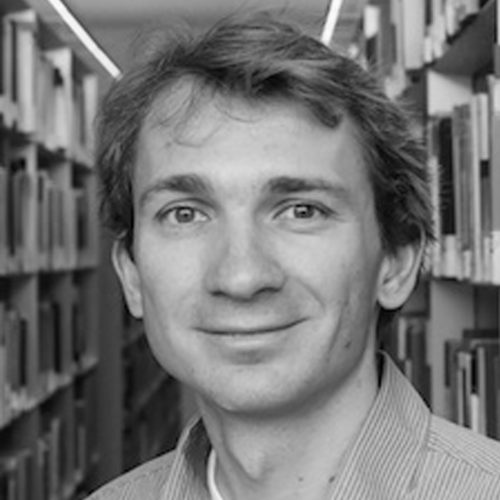

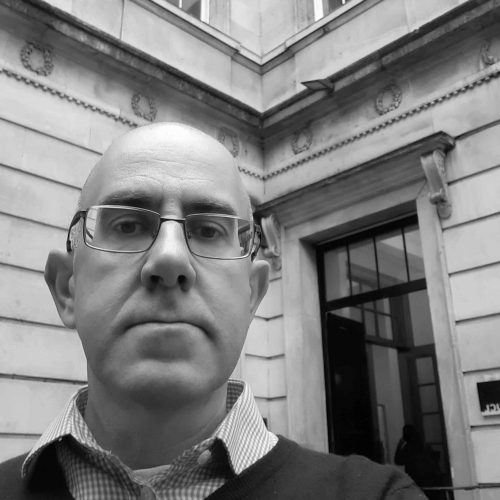
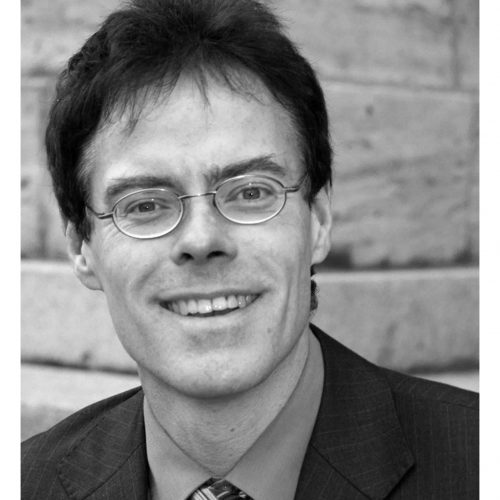
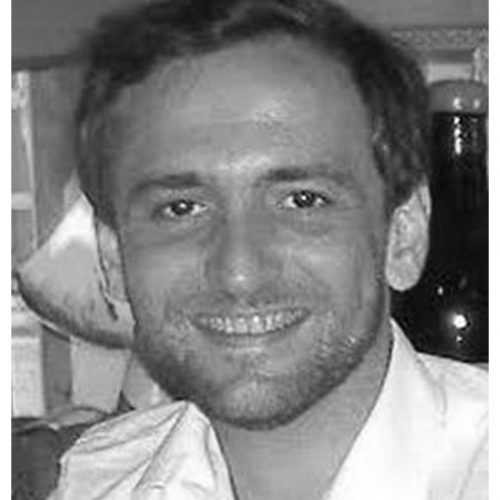
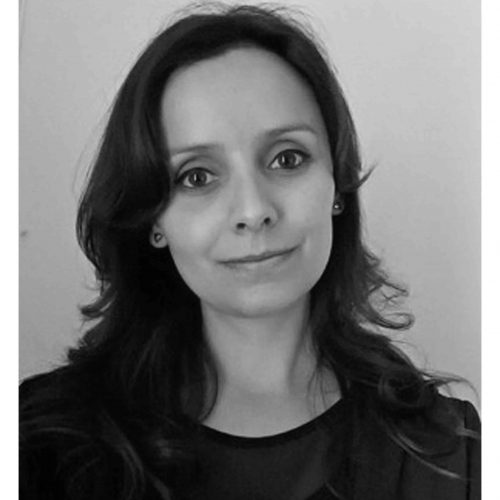
Previously a Visiting Researcher at Exeter, Dr Ana Neves joined the College of Engineering, Mathematics and Physical Sciences in October 2014 as an Associate Research Fellow under the project "Wearable light emitting transistors for future communication devices" working on graphene for flexible and wearable applications.
Since October 2016 she is a Lecturer in Engineering. She has previously been on research-only duties related to her Marie Sklodowska-Curie Individual Fellowship with project E-TEX "All-organic devices in textiles for wearable electronics". Ana currently teaches in the Engineering and Natural Sciences programmes. She is also a member of the Nano-Engineering, Science and Technology Group (NEST).
Dr Ana Neves research interests include fabrication and processing of organic and molecular materials, graphene and 2D materials for applications in flexible and wearable electronics, including sensing and communication devices.
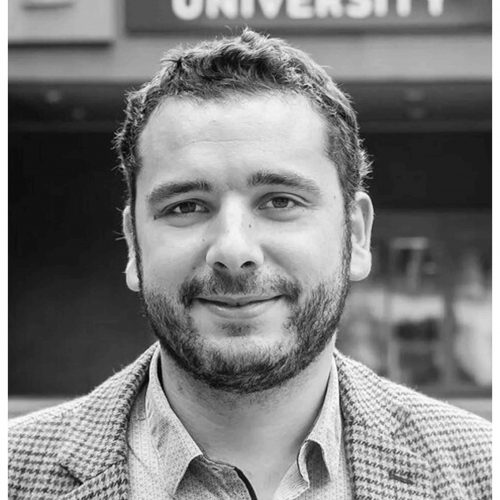
Since 2019 he is tenure track professor of experimental physics at the Politecnico of Milano. Currently, his main scientific interest is towards the study of layered systems formed by ultra-thin oxides and ferromagnetic metals. He is author of about 40 scientific papers on international peer-reviewed journals. He received about 20 oral contributions and two invited talks in international conferences. He participated to international projects founded by the European Research Council (e.g. GREEN Silicon FP7-FET-OPEN X-TRACK No. 257750, GEMINI FP7-FET-OPENX-TRACK No.2013-0623, COST Action CA15128 Molecular Spintronics) as well as Italian projects (e.g. FIRB project “Ossidi Nanostrutturati: multi-funzionalità e applicazioni”, RBA-P115AYN). In 2017, he was granted by Italian minister of higher education (MIUR) with FFABR (Fund for the Financing of Basic Research Activities). He is co-proposer of 10 granted beamtime on the base of competitive calls with peer review at international synchrotron facilities.
In June 2016, he was appointed as editorial board member of “Scanning” (Hindawi and John Wiley & Sons, Inc.), indexed in Scopus and ISI web of Science. He is also member of the editorial board of Journal of Coating Science and Technology (publisher Lifescience Global).

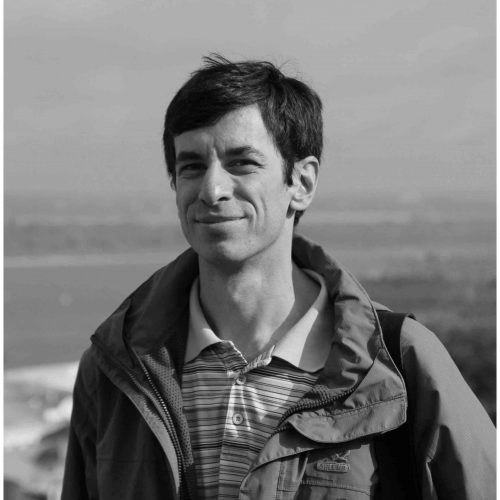
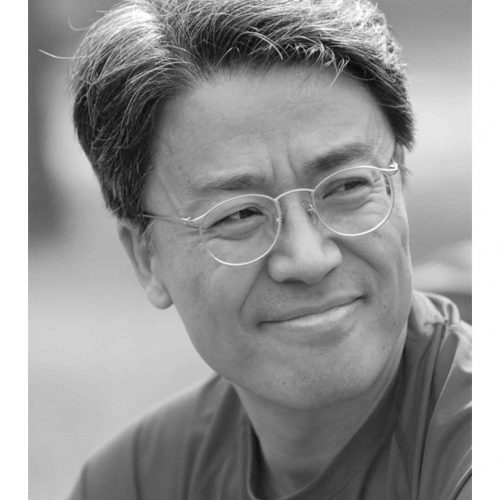
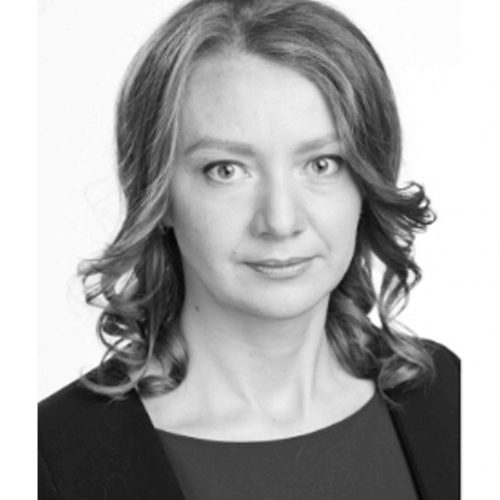
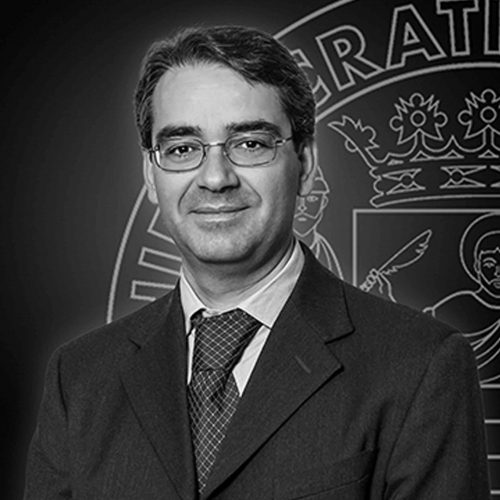
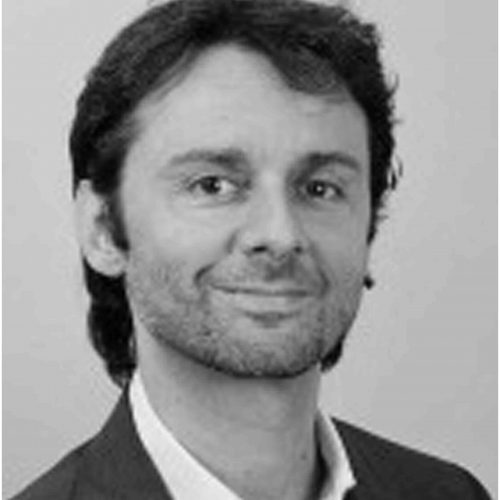
Dr. Scalari’s research interests span both applied and fundamental experimental physics, particularly in the field of THz photonics with the development of new THz laser sources based on semiconductor heterostructures and in the field of strong light-matter coupling with the realization of new platforms for THz quantum optics.
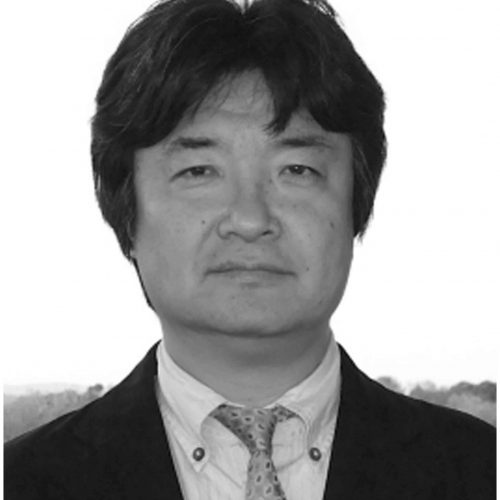
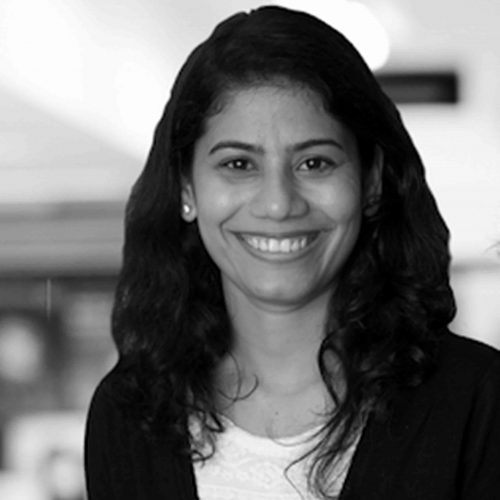
Current research topics include; (i) surface modification of polymers using liquid crystals as imprinting media, (ii) liquid crystals for beam steering applications, (iii) fabrication of novel colloidal particles and soft matter topology, (iv) aggregation induced emission, (v) liquid crystals of novel architechtures and exotic mesophases. I use experimental techniques including optical and fluorescent microscopy, super-reolution microscopy such as SIM, STED and STORM."
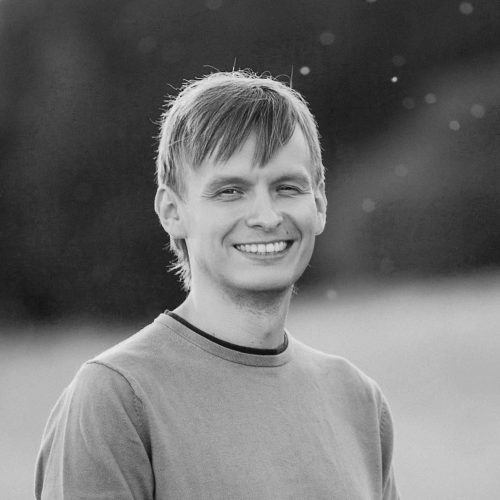
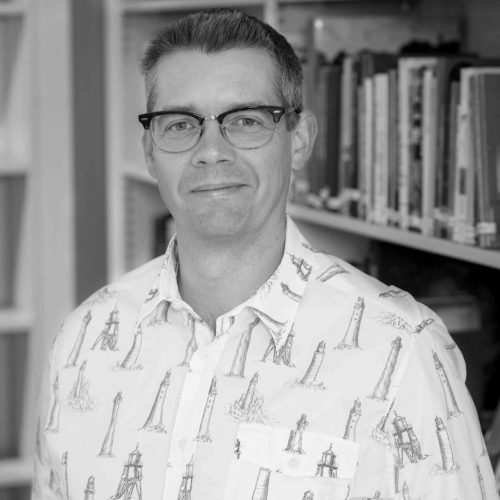
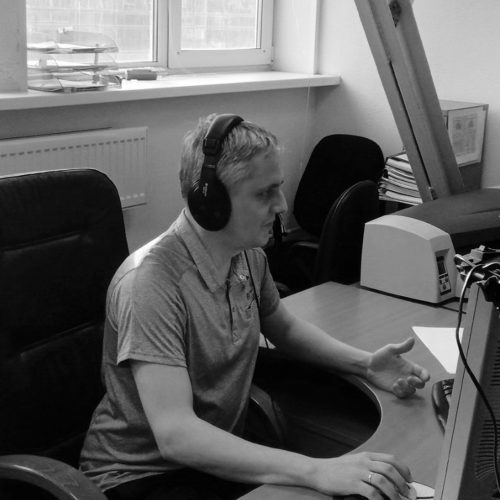
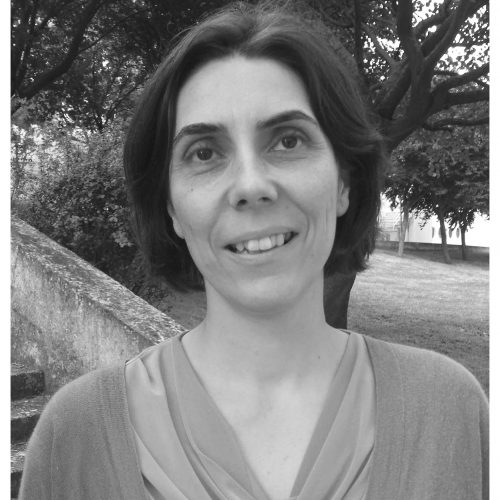
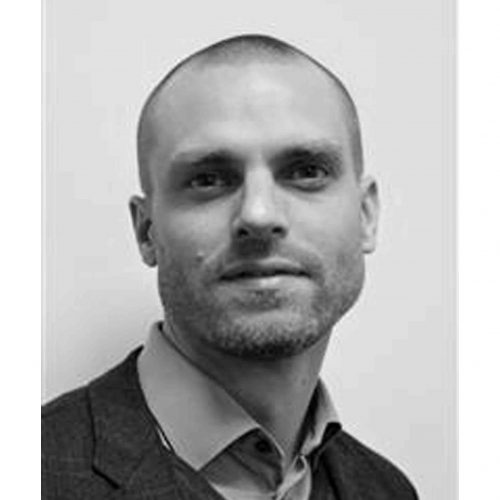
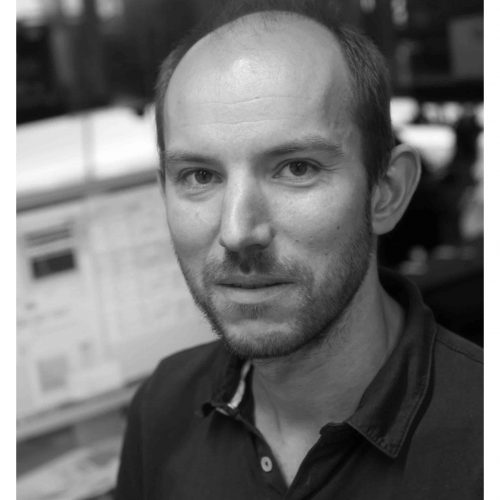
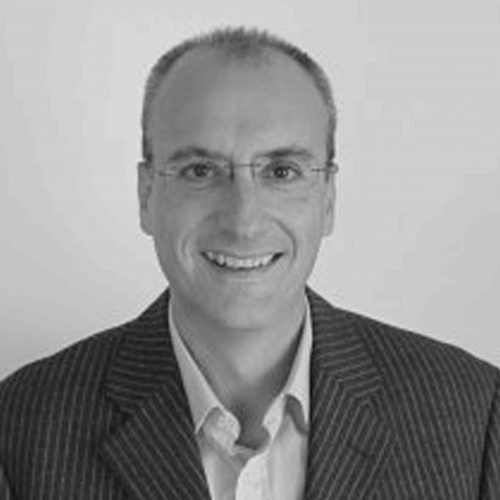
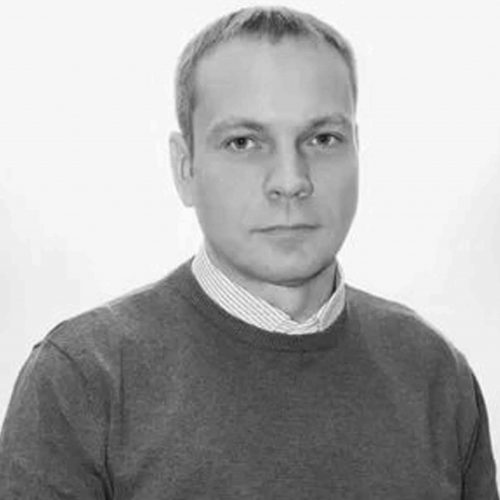
Young Scientist Award at the Ioffe Institute Winter School.
2003 PhD in Semiconductor Physics from Ioffe Institute; PhD thesis: Effects of spin-orbit interaction in two-dimensional electron gas.
Current research interests:
Physics of semiconductors, low-dimensional systems, spin-dependent phenomena, Shubnikov-de Haas oscillations, photo- and spin-galvanic effects in quantum well structures, optical orientation of carriers, spin-dependent tunneling.

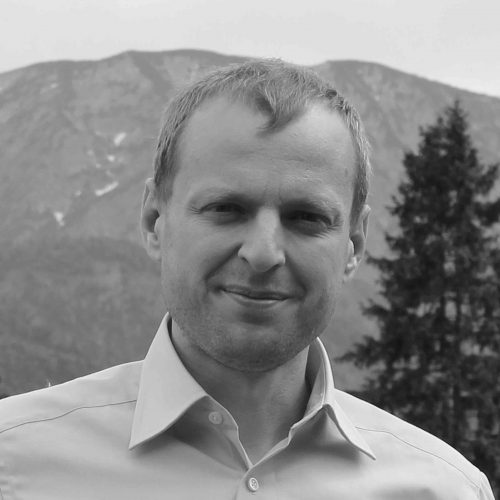
Dr. Noskov has pioneered several important milestones in nonlinear nanophotonics and optomechanics. In particular, he developed the general approach to study nonlinear dynamics in nanophotonic systems and demonstrated the concept of plasmon oscillons. Also, this approach allowed to reveal the effect of indefinite switching in bistable nanoantennas which has great potential for applications in ultrafast cryptography. Additionally, Dr. Noskov discovered a novel type of inelastic light scattering in microstructured optical fibers – coupling Raman-like and Brillouin light scattering in a single waveguide. Currently, he is working on real-time sensing of biological liquids in hollow-core photonic crystal fibers and light interaction with biologically originated nanostructures and waveguides in plants.
He has been awarded by multiple awards from the Russian Ministry of Education and Science, Dynasty Foundation, the Council under the President of Russian Federation, and the Naomi Foundation. Dr. Noskov has authored over 30 journal papers and over 50 conference presentations.
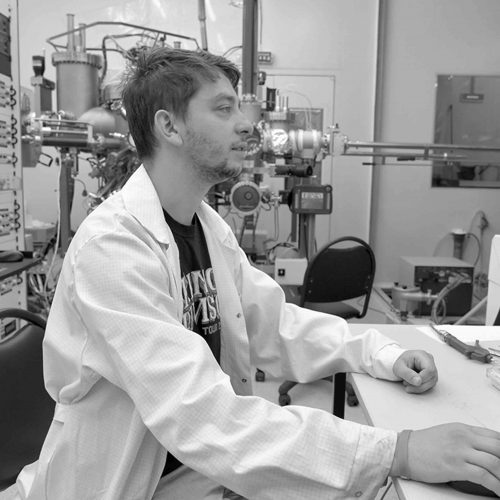
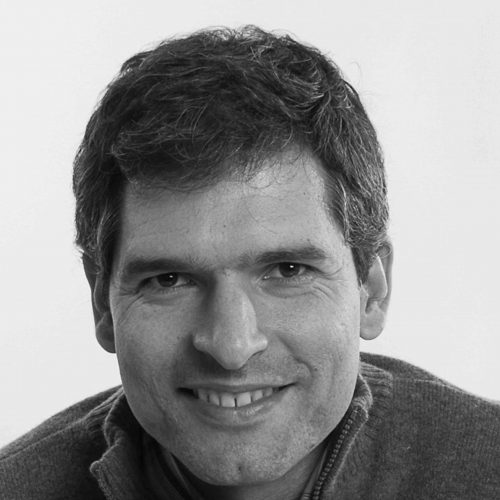

electrical properties of 2D materials, (3) electron-phonon coupling in semiconductor nanostructures, (4) behaviors of individual defects in semiconductor materials and devices, (5) electronic structures of impurities and defects through first-principles calculations, (6) light-effect transistors (LETs) for electronic and optical applications, (7) mechanism of efficiency droop and p-type doping in LEDs. He has published over 230 papers with an H index of 41.
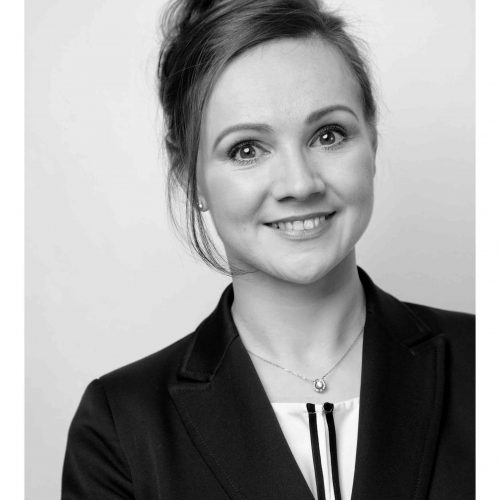
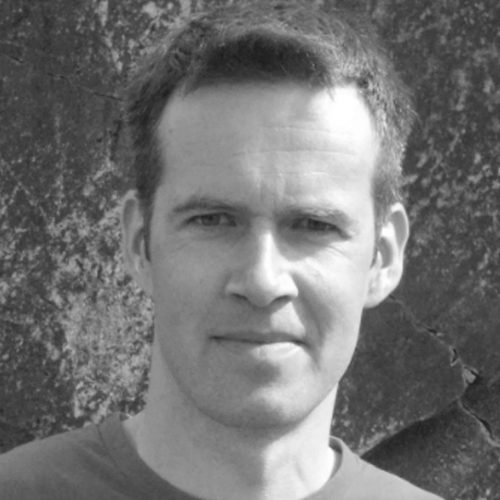
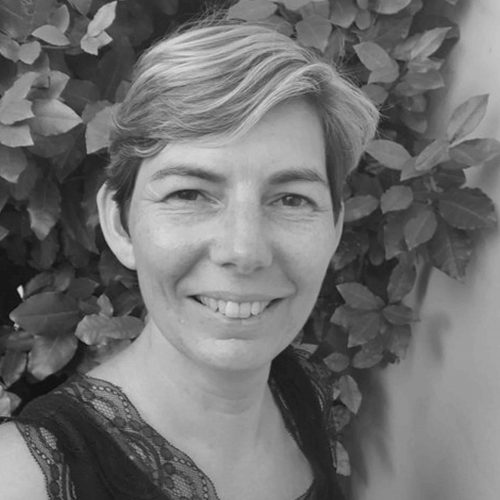
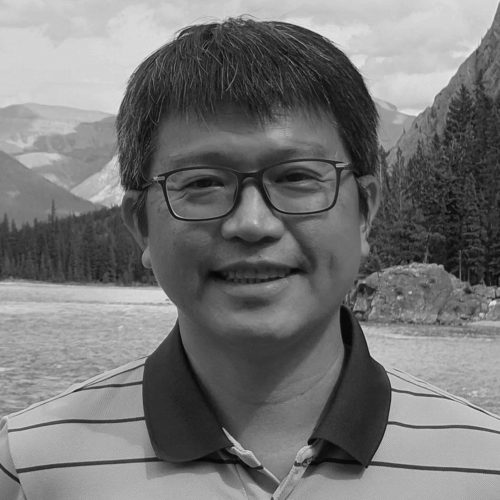
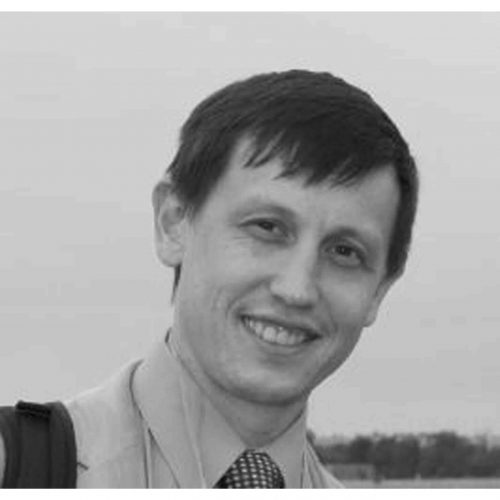
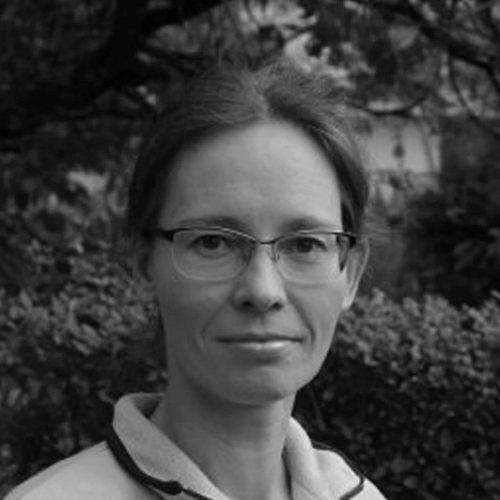
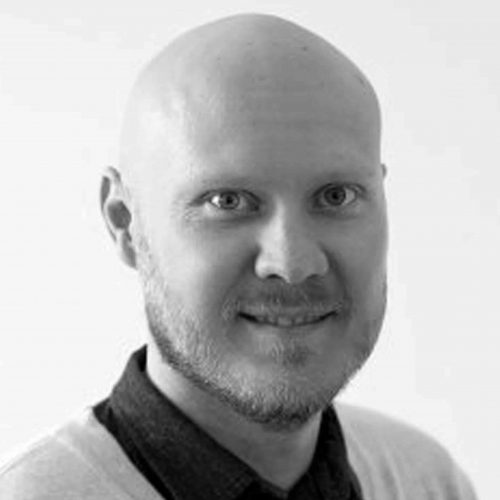
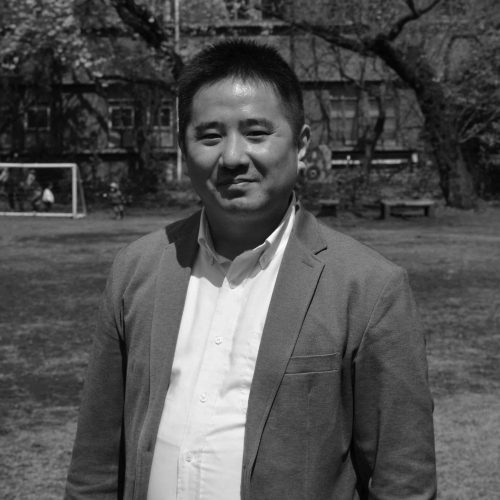
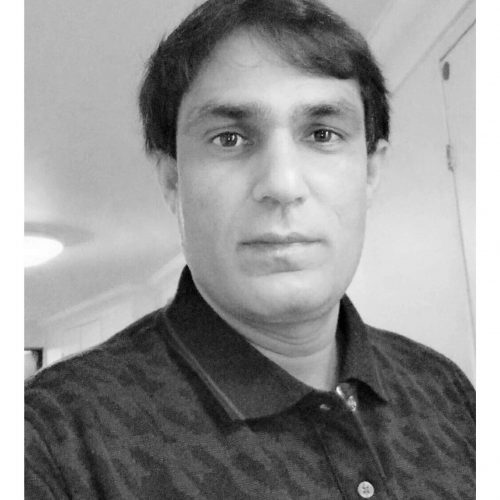
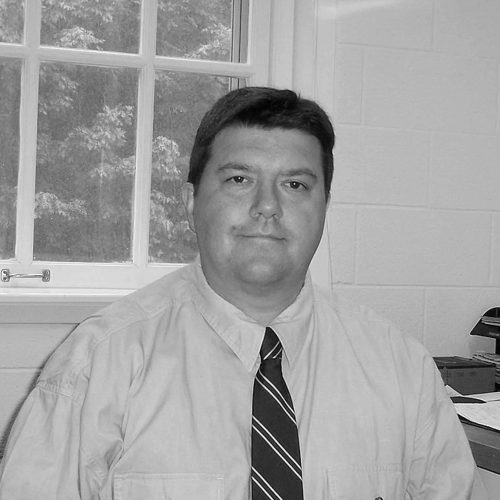
Carroll's research contributions have been in the areas of: Growth and assembly of novel nanostructures, Optics of nanostructures and Nano-photonics, Quantum-functional properties of nanophase blends, Organic material nanocomposite devices and technologies including organic photovoltaics, lighting systems, and IR sensors, Biomedical-nanotechnology including smart therapeutics, hyperthermia approaches to Cancer, advanced/responsive tissue scaffolding technology, and biological-technology signal transduction.
In 1997, Carroll moved to Clemson University (SC) as an assistant professor where he received early promotion and tenure in the department of physics. While at Clemson he established a program in organic devices based upon carbon nanotube nanocomposites demonstrating enhanced lifetime and performance in organic light-emitting diodes (OLED) for the first time. This work was among the first to establish that nanotube-based nanocomposite systems could be used to enhance a variety of organic device performance metrics.[4]
In 2003, Carroll's group moved to Wake Forest University in Winston-Salem, NC to establish the Center for Nanotechnology and Molecular Materials. With this move the research team expanded its work into biomedical nanotechnologies and continued to push the state-of-the-art in performance of organic electronics, announcing the development of highly efficient lighting devices based on field activation of polymers (FIPELs) and fabrics that generate power from body heat in recent years. Carroll's team at the NanoCenter at Wake Forest University was among the first to realize morphology control in organics through the use of heating or multiple solvents setting the world record for the highest efficiency organic solar cells at the time.[5]
Since becoming faculty, Carroll has published over 240 articles in scholarly journals (h-index = 40). He has published 1 textbook: "One Dimensional Metals" and edited two books on nanoelectronics. He holds 44 patents with numerous patent filings. Carroll is a frequent speaker at international conferences with more than 150 invited talks in the past few years. Since 2003, six different spin-off companies have been based on technologies from his labs.
Committee
Program Committee:
Anna Baldycheva – University of Exeter
Alexey Bolshakov – St-Petersburg National Research Academic University
Alexandre Nomine – ITMO University
Mamatha Nagaraj – University of Leeds
Olga Smolyanskaya – ITMO University
Evgeniya Kovalska – University of Exeter
Igor Meglinski – University of Oulu
Anna Katharina Ott – University of Exeter
Maria Zhukova – ITMO University
Monica Craciun – University of Exeter
Stanislav Leesment – NT-MDT
Elena Ushakova – ITMO University
Andrey Gorodetskiy – Imperial College London
Pavel Ginzburg – Tel Aviv University
Patrick Mounaix – University of Bordeaux
Organising Committee:
Anna Baldycheva – University of Exeter
Ineta Grikalaite – University of Exeter
Evgeniya Kovalska – University of Exeter
Benjamin Hogan – University of Exeter
Joaquin Faneca – University of Exeter
Emanuele Gemo – University of Exeter
Evgenia Shabalina – Université Rennes 1
Erick Omar Burgos Parra – Unite Mixte de Physique CNRS/Thales
Venue
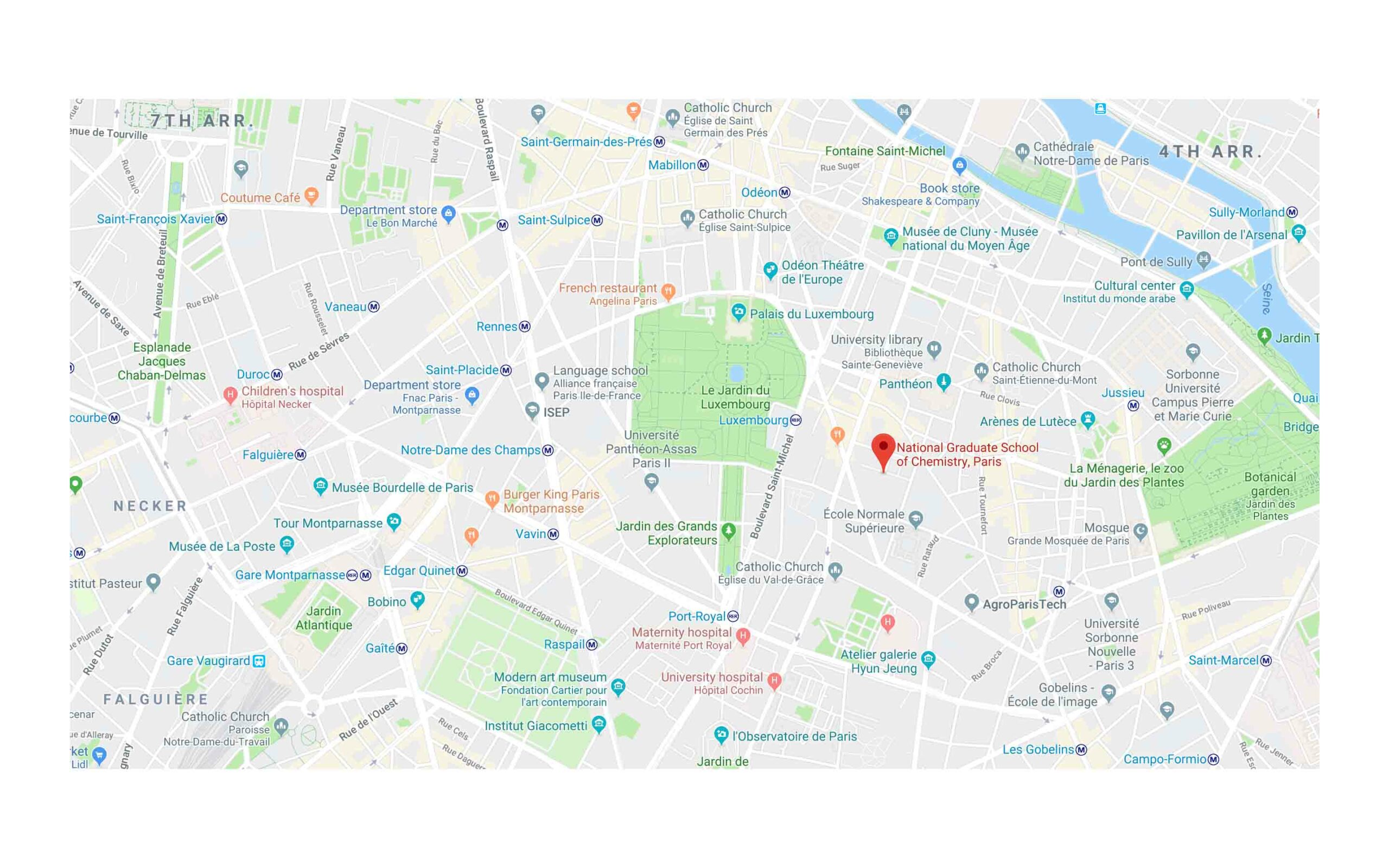
Chimie ParisTech
École Nationale Supérieure de Chimie de Paris
11, rue Pierre et Marie Curie
FRANCE
RER
Ligne B : station Luxembourg
Métro
Ligne 7 : stations Place Monge et Censier Daubenton
Ligne 10 : stations Cluny La Sorbonne, Maubert Mutualité et Cardinal Lemoine
Bus
Bus 21 et 27 : arrêt Saint-Jacques-Gay Lussac
Bus 47 : arrêt Monge
Bus 84 et 89 : arrêt Panthéon
